I was photographing in colour for over 50 years. Occasionally I’d put a B&W film in the camera but I was still photographing in colour, there just happened to be B&W film in the camera. Of course, the results were unimpressive.
For the past couple of years I have moved to trying to tackle B&W properly. Because I’m a beginner I can probably explain my starting steps better than a seasoned expert who might find it harder to remember the process he/she went through.
So how do you ‘see’ in B&W? Simple. You can’t. And setting B&W mode on a digital camera doesn’t help. Let me explain.
First, what are you photographing? Flowers? People? Landscapes? Architecture…? No, none of these. You’re photographing light and absence of light. A photography book I came across years ago made a big impression on me because of its title – “The Keepers of Light” (by William Crawford). Colour or B&W, we are always photographing light and absence of light. For B&W you absolutely need to change your mindset to think about light and its absence not the object you are pointing the camera at.
Second how do you meter? Do you know what your meter is doing and how to interpret the results? In my view the best meter is Sunny 16. If you can use Sunny 16 you are beginning to understand light, and know the difference between incident light and reflected light. Incident readings will make dark areas with highlights look like just that (when converted to a positive), whereas a simple reflected meter will overexpose unless you understand how to correct it.
Third, choose a film and stick to it. While you are practicing use an inexpensive film (e.g. Kentmere, Foma, outdated stock) and shoot lots thinking about the first two points above. I suggest 100asa – this is fine for day or night and generally very flexible. Don’t be afraid to open your lens up to keep exposure times manageable hand held. And don’t be afraid to go to 1/15 or 1/8 second with a 50mm lens.
Fourth – processing your negatives [see the note below]. A hybrid process – film capture and development, digital processing of the negatives to a digital image – offers greater flexibility and ease than a purely analogue workflow. For 35mm, a digital camera and macro lens offers higher quality and is quicker than using a flatbed scanner. The scan may be a raw file which you need to interpret in software as a film negative (the software then converts to a positive), remove residual colour by clicking B&W mode, then tackle the tone curve. Note that whether your capture was on film or digital the B&W image shown will probably have a camera or software chosen tone curve – get rid of this and start with a straight line tone curve. If you make any adjustments at all generally make very minor changes (e.g. adjusting black or white points and a slight ‘S’ curve). Usually the straight line curve will be good for many situations.
Finally, “seeing in B&W” is a misnomer. What you have to do is “pre-visualise” – think how the scene will appear when converted to B&W the way you want it. You will only be able to pre-visualise after taking negatives and making positives many times. It’s a learning process. It’s also surprising that often images which are nothing in colour are striking in B&W so don’t stick to your usual subject matter, experiment.
The images are from various times over the last 18 months, taken with a Pentax LX, Leica iiig, M3 or MP, on Ilford FP4 or Fomapan 100.
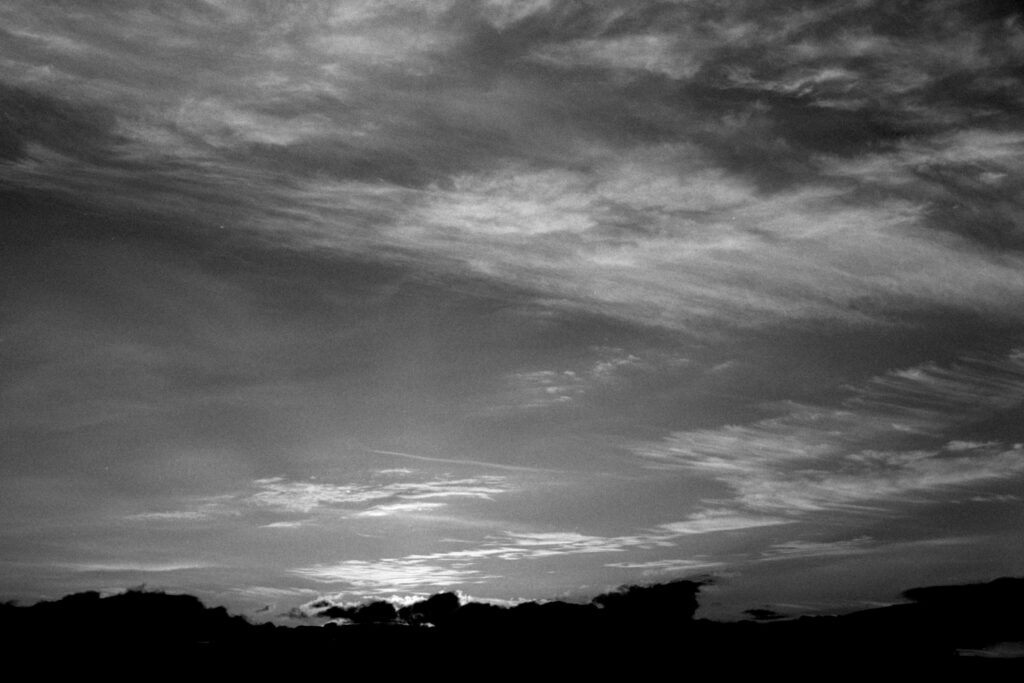
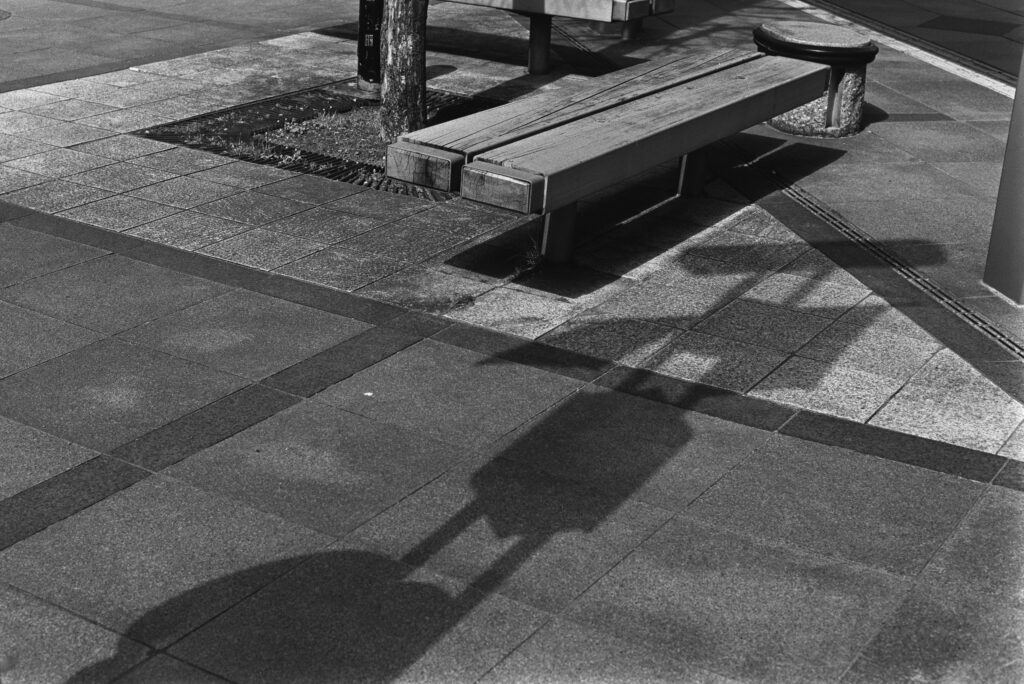
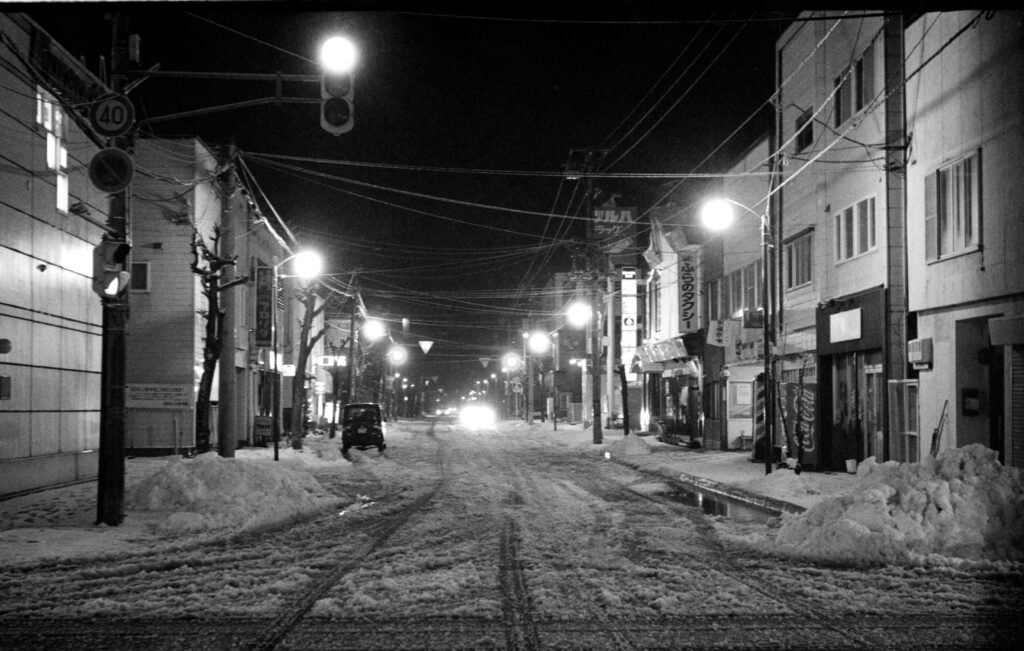
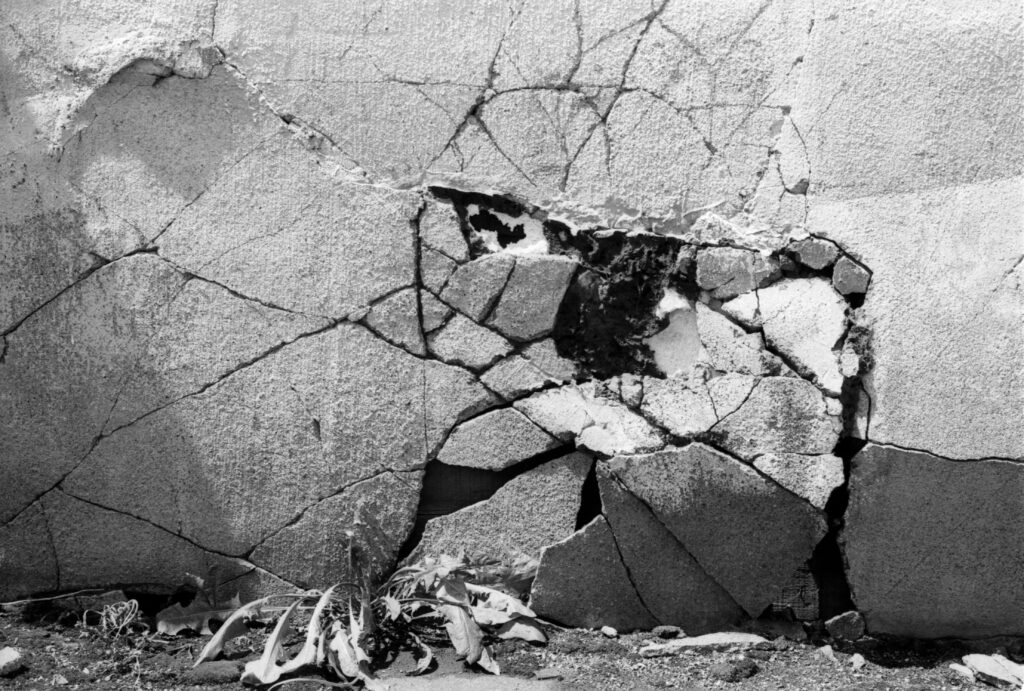
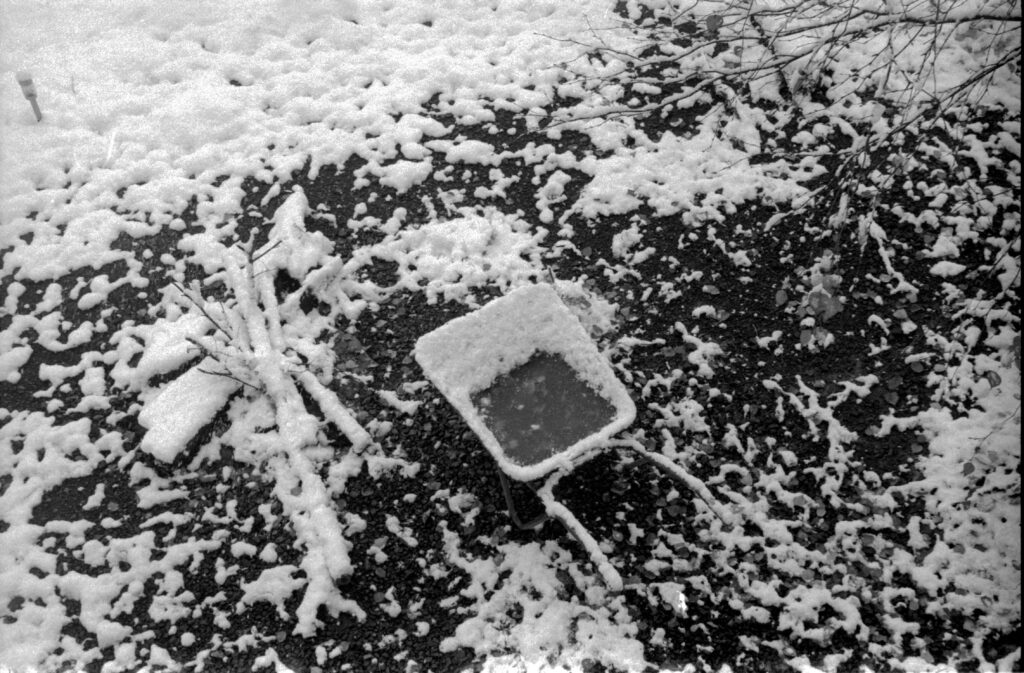
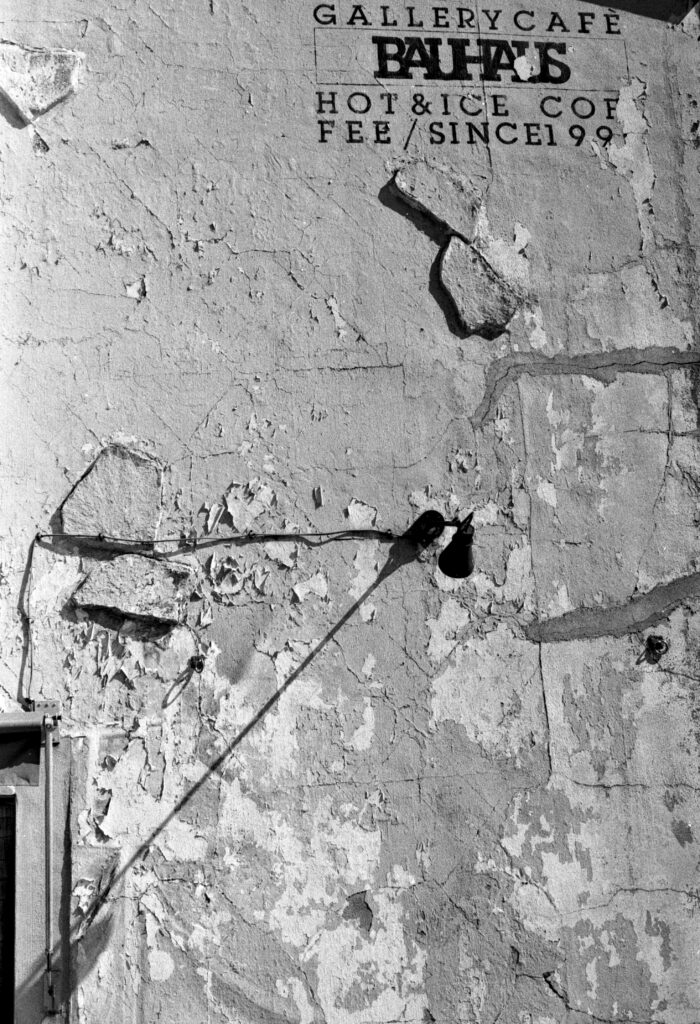
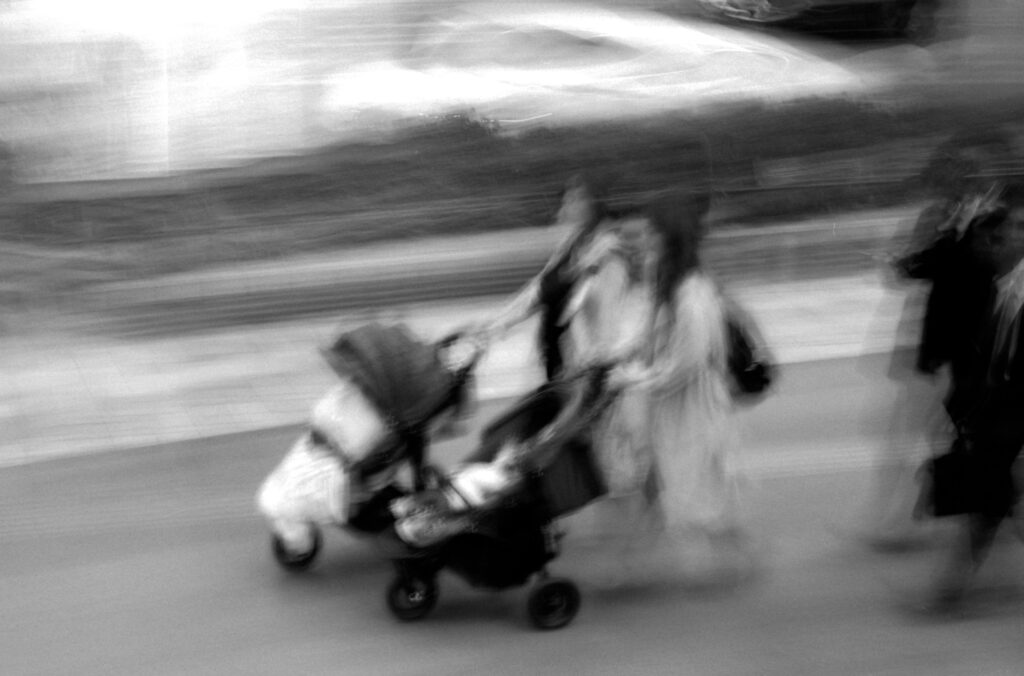
Note on negative processing. See my articles on Rodinal (Adonal) on this site. I recommend stand development using 100:1 dilution – simple, reliable, automatically compensating for over and under-exposure. Use distilled or pre-boiled water for the final wash with only a few drops of rinse aid, and hang to dry in a still-air area.
Thanks for reading.
Share this post:
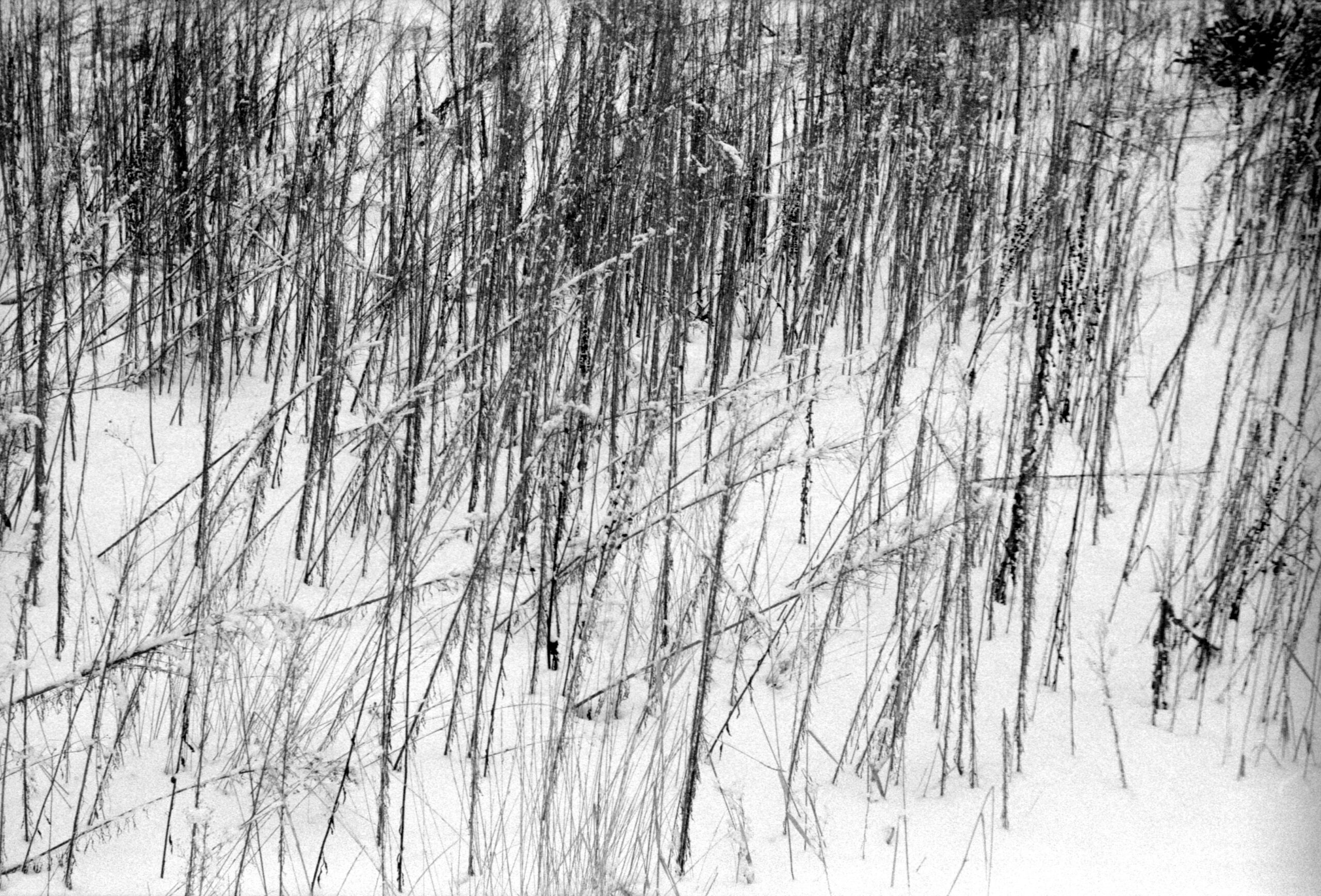
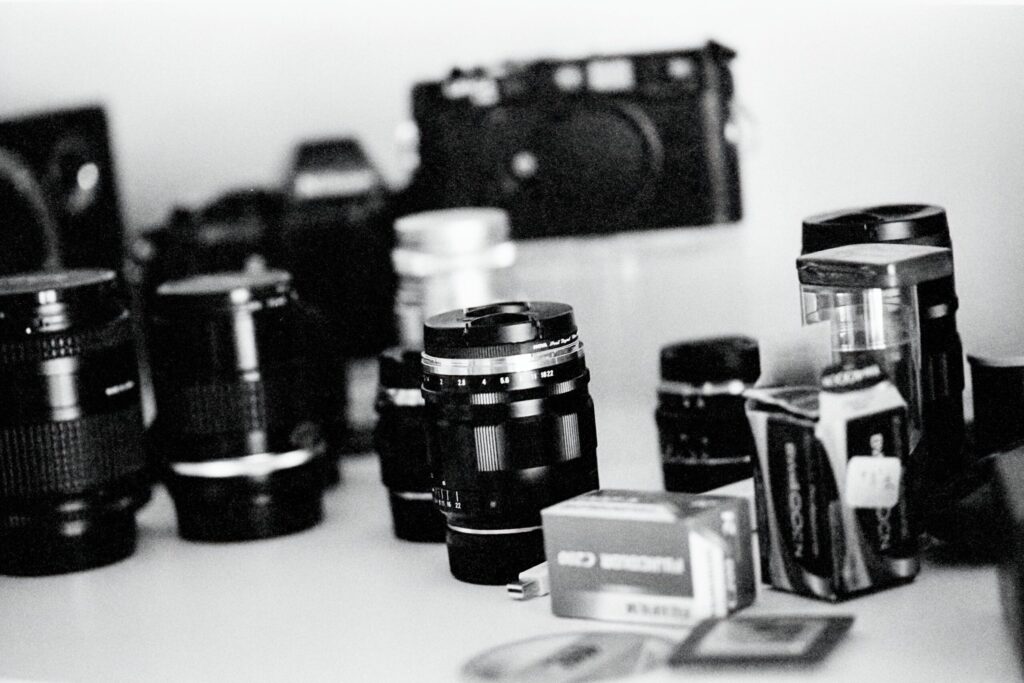
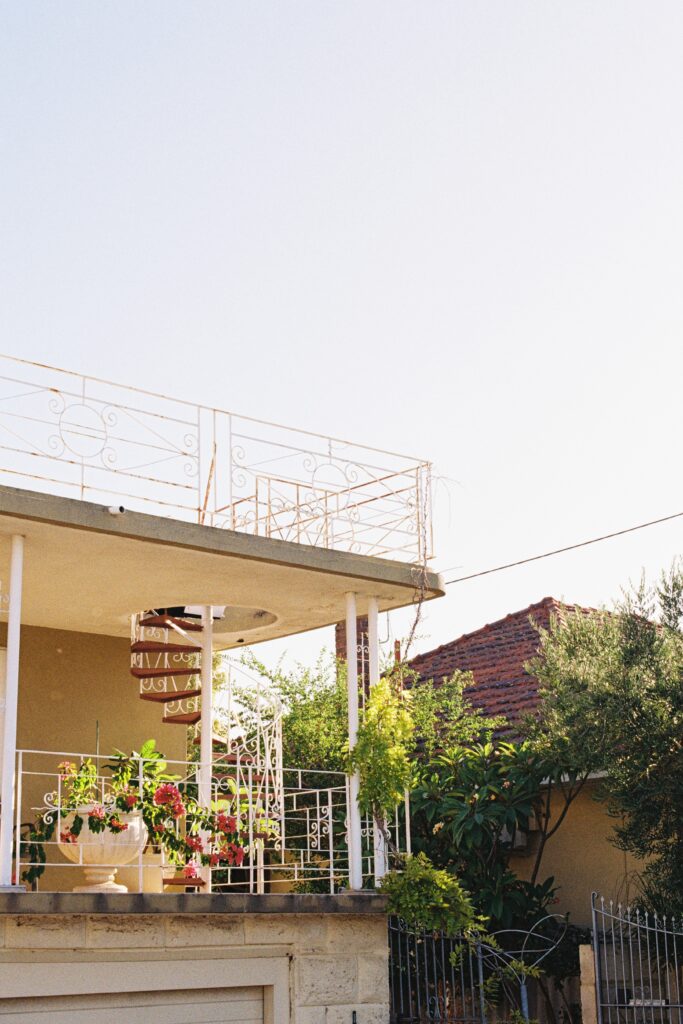
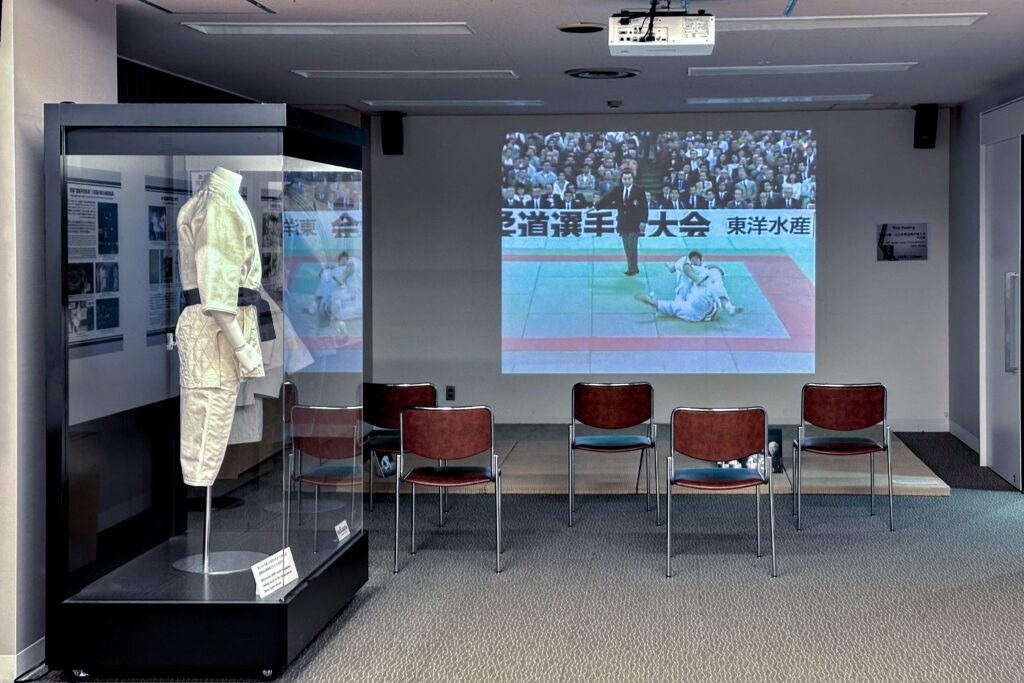
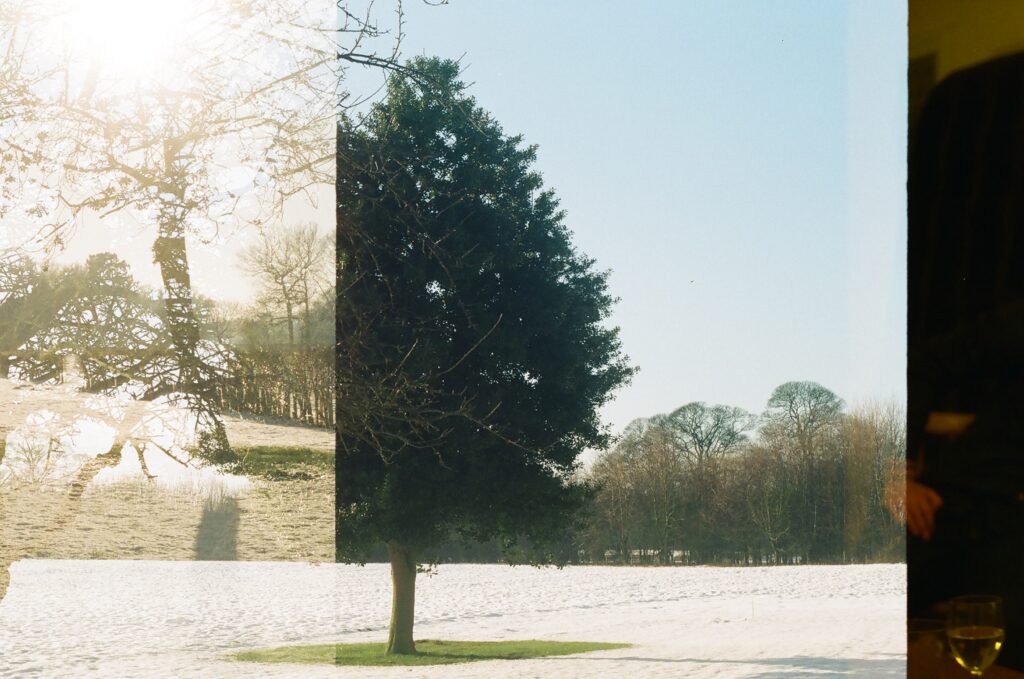




Comments
Manuel on Seeing in Black and White
Comment posted: 31/05/2024
Comment posted: 31/05/2024
Jeffery Luhn on Seeing in Black and White
Comment posted: 31/05/2024
Comment posted: 31/05/2024
Comment posted: 31/05/2024
Jeffery Luhn on Seeing in Black and White
Comment posted: 31/05/2024
Very nice B&W examples. I especially liked the walls and the night shot!
Comment posted: 31/05/2024
Fred Nelson on Seeing in Black and White
Comment posted: 31/05/2024
Facts about B&W film photography.
Comment posted: 31/05/2024
Gary Smith on Seeing in Black and White
Comment posted: 31/05/2024
Geoff, your included images are great. I have trouble thinking of you as a "beginner".
Comment posted: 31/05/2024
Peter Roberts on Seeing in Black and White
Comment posted: 31/05/2024
Judging by your work in previous posts I'd always considered you a seasoned and accomplished B&W shooter. Perhaps you ought to reconsider your self-imposed status of "beginner".
Comment posted: 31/05/2024
Ibraar Hussain on Seeing in Black and White
Comment posted: 31/05/2024
Thanks again Geoff
Yes we have to see in tones - see the relationship between tones rather than colour
The mistake many inexperienced BW shooters make is muddling tone so that the final photography even though composed well lacks tonal range and value and this doesn’t quite work
I recommend all new or struggling with this to look at John Garrett’s excellent The Art of Black and white photography
Comment posted: 31/05/2024
Comment posted: 31/05/2024
Comment posted: 31/05/2024
Comment posted: 31/05/2024
Jukka Reimola on Seeing in Black and White
Comment posted: 31/05/2024
I think that the photo of the snowy street is just one of those pictures, that might look more mundane in colour. It looks great in b&w. There are blinding whites, pitch blacks and almost every tone in between. Of course composion is also just spot on, in typical Geoff fashion.
Comment posted: 31/05/2024
Marco Andrés on Seeing in Black and White
Comment posted: 01/06/2024
.
Both colour and b/w photography provide different ways of « seeing » a world as are film and digital. Since they respond to light in different ways. They don’t « see » the way we do. But I do not « see » the way you do, literally and figuratively..
.
As for transforming the negative into a positive, to paraphrase Ansel Adams:
.
The negative is the score, the print the performance.
.
Your points apply to colour as well… [4] just scan to DNG … [5] remember that some subjects/scenes lend themselves to colour [ b/w ] while others work in both, revealing different aspects. After all, it really depends on intention.
.
Perhaps one could express the concept as learning « to feel in b/w [colour] ».
Comment posted: 01/06/2024
Keith Beven on Seeing in Black and White
Comment posted: 01/06/2024
Comment posted: 01/06/2024
Ken Rowin on Seeing in Black and White
Comment posted: 01/06/2024
Comment posted: 01/06/2024
Tony Warren on Seeing in Black and White
Comment posted: 01/06/2024
I would say an incident meter is the best teacher if you have one and is in a way a mechanised Sunny 16. It tells you the strength of the light falling on an average grey at any level within its range. From that you can judge how much to adjust exposure to render the important tones best. I would also suggest that investigating the effect of varying development is worthwhile. The old adage "expose for the shadows, develop for the highlights" was something I was always told.
And "Keepers of Light" - I bought it around the time it first came out around 1980 and is a constant source of inspiration still. I would also recommend Bill Brandt's work, he turned me on to monochrome very early on. He really used light and the lack of it. And of course Ansel Adams is worth a study if you really get into it - visualisation was his thing.
Like you I digitise with copying rather than scanning for maximum control as you say with post processing doing way more than could be achieved in the darkroom in terms of tone control.
Thank again for an insightful article.
Comment posted: 01/06/2024
Comment posted: 01/06/2024
Comment posted: 01/06/2024
Comment posted: 01/06/2024
ACesa on Seeing in Black and White
Comment posted: 02/06/2024
My two cents about "seeing" in black & white : using colored filters with an SLR helps a lot as the viewfinder than displays a monochrome version of the scene you are trying to capture.
Comment posted: 02/06/2024